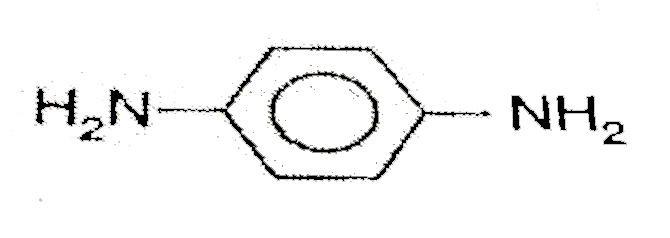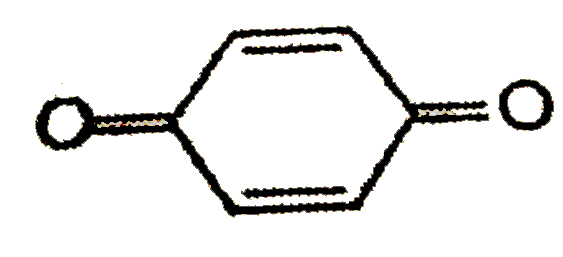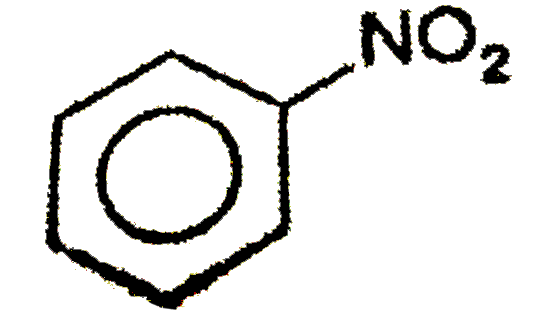Copper reacts with conc.HNO3 top form copper nitrate, water and gives brown fumes of nitrogen oxide and the name of the reaction is
NO2, combination reaction
NO, redox reaction
NO2, redox reaction
N2O combination reaction
The correct Answer is:C
To solve the question regarding the reaction of copper with concentrated nitric acid (HNO3), we can follow these steps:
Step 1: Write the chemical equation for the reaction
When copper (Cu) reacts with concentrated nitric acid (HNO3), the products formed are copper nitrate (Cu(NO3)2), water (H2O), and nitrogen dioxide (NO2), which is the brown gas mentioned in the question.
The balanced chemical equation for the reaction is:
Cu+4HNO3→Cu(NO3)2+2H2O+2NO2
Step 2: Identify the type of reaction
This reaction is classified as a redox reaction. In a redox reaction, oxidation and reduction occur simultaneously.
Step 3: Determine oxidation states
- In the reaction, copper (Cu) starts with an oxidation state of 0 and ends up with an oxidation state of +2 in copper nitrate (Cu(NO3)2). This indicates that copper is oxidized.
- Nitrogen in nitric acid (HNO3) has an oxidation state of +5 and is reduced to +4 in nitrogen dioxide (NO2). This indicates that nitrogen is reduced.
Step 4: Conclusion
Since both oxidation (of copper) and reduction (of nitrogen) are occurring in this reaction, we conclude that this is a redox reaction.
Final Answer
The name of the reaction is redox reaction, and the nitrogen oxide produced is NO2 (nitrogen dioxide).
---
When copper (Cu) reacts with concentrated nitric acid (HNO3), the products formed are copper nitrate (Cu(NO3)2), water (H2O), and nitrogen dioxide (NO2), which is the brown gas mentioned in the question.
Cu+4HNO3→Cu(NO3)2+2H2O+2NO2
This reaction is classified as a redox reaction. In a redox reaction, oxidation and reduction occur simultaneously.
- In the reaction, copper (Cu) starts with an oxidation state of 0 and ends up with an oxidation state of +2 in copper nitrate (Cu(NO3)2). This indicates that copper is oxidized.
- Nitrogen in nitric acid (HNO3) has an oxidation state of +5 and is reduced to +4 in nitrogen dioxide (NO2). This indicates that nitrogen is reduced.
Since both oxidation (of copper) and reduction (of nitrogen) are occurring in this reaction, we conclude that this is a redox reaction.
The name of the reaction is redox reaction, and the nitrogen oxide produced is NO2 (nitrogen dioxide).
Topper's Solved these Questions
- CHEMICAL REACTIONSBOOK - MCGROW HILL PUBLICATIONCHAPTER - CHEMICAL REACTIONSEXERCISE - HIGHER ORDER THINKING QUESTIONS
10 Videos
- CHEMICAL BONDINGBOOK - MCGROW HILL PUBLICATIONCHAPTER - CHEMICAL BONDINGEXERCISE - HIGHER ORDER THINKING QUESTIONS
10 Videos
- MATTERBOOK - MCGROW HILL PUBLICATIONCHAPTER - MATTEREXERCISE - HIGH ORDER THINKING QUESTIONS
10 Videos
Similar Questions
Knowledge Check
Copper react with conc. H2SO4 to gives
ACuSO4+H2BCuSO4+SO2+H2OCCuSO4+SDCuSO4+O2Copper reacts with dil. HNO3 to form a nitrate and
ANO2BNOCN2O3DN2O5Aniline reacts with conc. HNO3 to give
A B
B C
C D
D
Pb on reaction with conc. HNO3 gives
View SolutionThe reaction of conc. HNO3 and phenol forms
View Solution4 g of copper was dissolved in concentrated nitric acid. The copper nitrate solutio on strong heating gave 5g of its oxide. The equivalent weight of copper is
View SolutionThe reaction of conc. HNO3 and phenol forms
View SolutionChloroform on reaction with conc. HNO3 gives
View Solution
